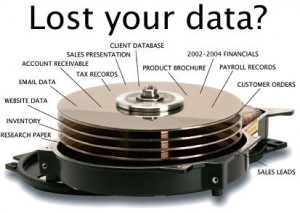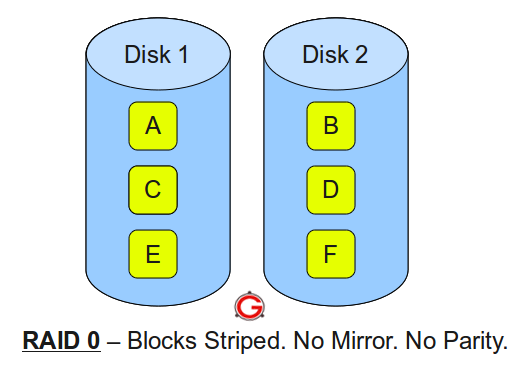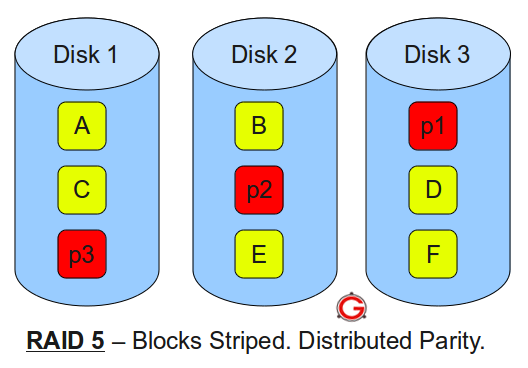
Let’s face it, the data on our computers for most of us is much more valuable than the computer itself. At my business Computer Doctor of Hampden we do data recovery on a daily basis. There are many possible points of data corruption, the ones I see most frequently in order of frequency are:
- Deletion/corruption secondary to computer virus infections.
- Logical corruption of data from a failing hard drive.
- Mechanical hard drive failure.
- User error, either deleting or formatting files or partitions.
- Raid 0 failure, either disc or controller.
There are some high performance machines designed usually for gaming that are configured as Raid 0. This gives excellent performance as the data is spread across two drives and can access the information sequentially from each drive. When you fetch the first bit from drive “A”, drive “B” is right there with the next bit. Sounds like a great idea and in some situations it is. The biggest issue I have seen is not knowing that if either drive fails or the controller that keeps everything in check dies then we have a real problem. There is no redundancy and with the data spread across two drives, file recovery is a very difficult task involving specialized hardware and software.
In my recent raid 0 data recoveries the owners of the computers had no prior knowledge of the raid 0 configuration or its pitfalls. They were not using the systems for gaming at all, but had gigabytes of pictures, music and movies that were not backed up.
My advice is know your system, back up your files preferably both locally and to an off site location and remember every hard drive will fail, its just a matter of time…
Here is a breakdown of the most popular raid configurations, If you find yourself in need of configuring a system to utilize the redundancy/ performance gains possible or if you need your data recovered please contact us.
RAID stands for Redundant Array of Inexpensive (Independent) Disks.
On most situations you will be using one of the following four levels of RAIDs.
- RAID 0
- RAID 1
- RAID 5
- RAID 10 (also known as RAID 1+0)
This article explains the main difference between these raid levels along with an easy to understand diagram.
In all the diagrams mentioned below:
- A, B, C, D, E and F – represents blocks
- p1, p2, and p3 – represents parity
RAID LEVEL 0

Following are the key points to remember for RAID level 0.
- Minimum 2 disks.
- Excellent performance ( as blocks are striped ).
- No redundancy ( no mirror, no parity ).
- Don’t use this for any critical system.
RAID LEVEL 1
 Following are the key points to remember for RAID level 1.
Following are the key points to remember for RAID level 1.
- Minimum 2 disks.
- Good performance ( no striping. no parity ).
- Excellent redundancy ( as blocks are mirrored ).
RAID LEVEL 5

Following are the key points to remember for RAID level 5.
- Minimum 3 disks.
- Good performance ( as blocks are striped ).
- Good redundancy ( distributed parity ).
- Best cost effective option providing both performance and redundancy. Use this for DB that is heavily read oriented. Write operations will be slow.
RAID LEVEL 10

Following are the key points to remember for RAID level 10.
- Minimum 4 disks.
- This is also called as “stripe of mirrors”
- Excellent redundancy ( as blocks are mirrored )
- Excellent performance ( as blocks are striped )
- If you can afford the dollar, this is the BEST option for any mission critical applications (especially databases).


 Following are the key points to remember for RAID level 1.
Following are the key points to remember for RAID level 1.
